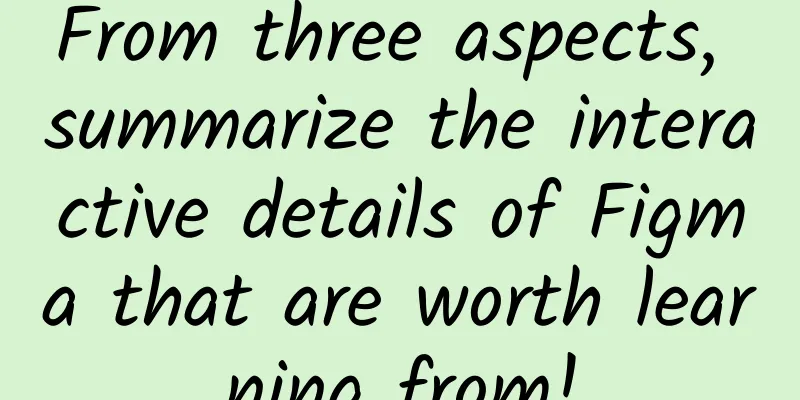Interesting stories about scientific discovery: Levitating frog

|
In 2000, a levitating frog won the Ig Nobel Prizes for a team of scientists led by Dr. Andre Geim, who used diamagnetism to keep a tailless frog afloat. Years later, Geim would go on to win a Nobel Prize for his work on graphene. In 1997, Professor Andre Geim conducted an interesting experiment called "Levitating the Frog". In this experiment, he and his colleagues used a super strong magnet with a strength of 16 Tesla (about 10,000 times stronger than the surface field of a typical refrigerator magnet) to generate an extremely strong magnetic field. They poured water into it to see what would happen. Unexpectedly, the water droplets began to float, which surprised him and his colleagues. This experiment was significant because it disproved the commonly held belief that water was not magnetic enough to resist gravity. They then suspended a live frog in the magnetic field so that it seemed to float in the air. This experiment attracted widespread attention and media coverage because it seemed so bizarre and interesting. It was also the first time that an organism was purely suspended in the air. The floating amphibians were so popular that Geim and his colleagues won an Ig Nobel Prize, further drawing attention to the experiment, which had no negative effects on its living subjects. Still, scientists are still investigating the technique, including ways to improve our understanding of medicine by suspending cells. The physics behind the levitating frog experiment involves magnetic fields and induced currents. When placed in a strong magnetic field, the ions and electrons in an organism are affected by the magnetic field and cause currents to flow. These currents generate a reaction magnetic field that interacts with the external magnetic field, causing the organism to experience an upward magnetic force. This reaction magnetic field counteracts the force of gravity, causing the organism (such as a frog) to appear to be suspended in the air rather than being pulled toward the magnet by the external magnetic field. It is worth noting that although this experiment is interesting, it has no actual scientific application value and is only used as an entertainment and educational display. Professor Heim is a creative and humorous scientist, and this experiment also shows his unique perspective and scientific spirit. Source: Chongqing Radio Science Popularization Experience Center Audit expert: Yang Yaohui Statement: Except for original content and special notes, some pictures are from the Internet. They are not for commercial purposes and are only used as popular science materials. The copyright belongs to the original authors. If there is any infringement, please contact us to delete them. |
<<: This boy band disbanded, not because of their mediocre singing, but because...
>>: Do you prefer strong or weak cooling when taking the subway?
Recommend
Integrated Marketing Lights up Baidu World Baidu LBS Leverages the Trillion-dollar Life Service Market
O2O is a big market, including hotels, shops, res...
Mutual promotion and follower increase technique: You can make a lot of money out of nothing and increase the popularity of WeChat accounts!
Recently, many people have been asking me how to ...
[Moving bricks for profit] Mengtu earns 100,000 yuan a year in the first phase of the basic course + advanced course of the brick-moving team
[Moving bricks for profit] Mengtu earns 100,000 y...
How to create a hit product?
A good product can increase the probability of be...
Apple fans have been posting a lot of comments on VoLTE on their WeChat Moments. What exactly is it?
Some time ago, Apple and China Mobile pushed an op...
“Justice League” that can save Android devices from lag is here!
The "Android Unified Push Alliance", wh...
Plants' battle: From one cell to global domination
Recently, the BBC's latest masterpiece "...
Seven Paint: Domestic & TIKTOK short video live broadcast training camp, the global live broadcast sales trend is coming, hurry up and make money
Seven Paint: Domestic & TIKTOK short video li...
10 tips for video marketing promotion!
It is estimated that by 2022, video traffic will ...
Advertising Cases | Traditional lending and driving test industry advertising cases and data references!
Today, I would like to share with you some invest...
Thickening of fingers is a sign of lung cancer? If you have these symptoms, the disease may be approaching...
Expert of this article: Wang Qian, attending phys...
How much does it cost to install a 400 phone? How much does it cost to install a 400 phone?
The installation of 400 telephone is an indispens...
Where can I apply for a phone number starting with 400?
Where can I apply for a phone number starting wit...
Chinese names shining on Mercury
Mercury is the smallest of the eight planets in t...









